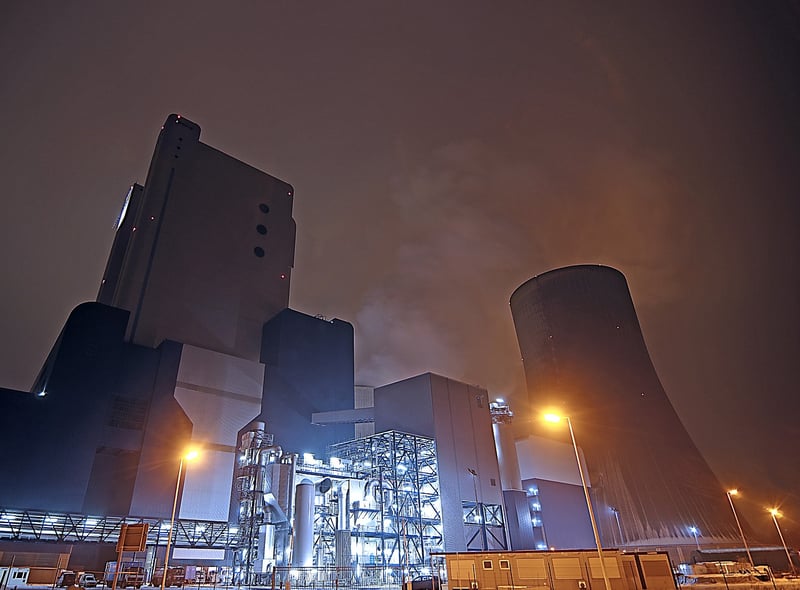 There is a significant difference between repair and maintenance. A repair is reactive, it is done when something fails, is broken or needs to be fixed, whereas maintenance is proactive, and a measure to limit, or even stop something breaking. Reactive maintenance or repair is far more costly than proactive maintenance, and ideally, you want to be doing ample amounts of the correct maintenance to not have to do repairs.
There is a significant difference between repair and maintenance. A repair is reactive, it is done when something fails, is broken or needs to be fixed, whereas maintenance is proactive, and a measure to limit, or even stop something breaking. Reactive maintenance or repair is far more costly than proactive maintenance, and ideally, you want to be doing ample amounts of the correct maintenance to not have to do repairs.
By definition, a repair means your equipment has failed and is not performing its purpose. A repair can be very stressful and slows down your operation and output, whereas maintenance can keep your operation flowing smoothly.
You can increase your plant’s reliability by doing maintenance correctly, on time and efficiently, in addition, better installation, better operation and better assembly can aid your reliability too.
After your plant equipment passes its early life and wear-in period, it will enter an extended period where it can suffer from random failures. Despite their name, it is guaranteed there will be random failures, but what can you do to reduce the likelihood of your plant having them? And how do you limit your problems across the period and into the future?
An age old maintenance saying goes ‘if it ain’t broke, don’t fix it’, but upon the discovery of the 6 reliability curves (as discussed in the previous article - Proactive Maintenance Vs Reactive Maintenance - Why it Matters) this saying and way of thinking is seen as reactive maintenance, repair, or breakdown maintenance.
These reliability curves show that for nearly all equipment, in their lifespan between wear-in and wear-out, you cannot determine where and when a certain piece of equipment will break or fail. The only guarantee is that across time a percentage of the equipment pieces in a machine will fail during normal use. Knowing this means you can monitor the machine until there’s signs of something starting to fail or slow, then it can be changed prior to its premature failure, saving time, effort and money.
Understanding how to improve your reliability is one of first steps to a successful maintenance strategy, below are five strategies for random failure zones.
The first maintenance strategy you want to address for random failure zones is to locate ways to monitor and manage the equipment that doesn’t hinder its day-to-day operation, while looking for clues that would lead to failure. Upon finding the equipment that has degrading performance you can repair it prior to failure.
The second maintenance strategy to consider is to treat the equipment as it was designed to be treated; in short, this means practicing precision operation, running it without overload or stress, these are two sure-fire ways to prematurely damage your equipment.
The third strategy to reduce random failures is to meticulously do your preventative maintenance, keeping both the internal and external environment of your equipment sterile and clean. Furthermore, to lengthen the duration between failures or increasing the mean time between failure (MTBF) operators should have a good understanding of what environment and care is conducive to a maximized output.
The penultimate maintenance strategy for random failure is to make sure you practice and make sure you have done ample precision maintenance on all your equipment. It is unlikely you will be stripping down your equipment until there is evidence of a impending failure, when doing this however, two things should be noted. Firstly is checking for any other signs of failure or impending problems, and secondly, make sure you reconstruct it exactly to the specifications and with great quality and care. Understanding how to effectively disassemble and the reassemble the equipment is known as precision maintenance.
The fifth and final maintenance strategy for random failure zones is to design-out likely failures, failing to design them out they are highly likely to recur at the worst times. If during your equipment’s random failure period you notice that it is not failing randomly, but in-fact regularly, then this is a recurring failure, designing out means you will have the replacement needed prior to the event.
Fractal Solutions is a global leader in physical asset management and reliability, to learn more about your equipment reliability and reliability centered maintenance for your plant or factory speak to one of our team.



